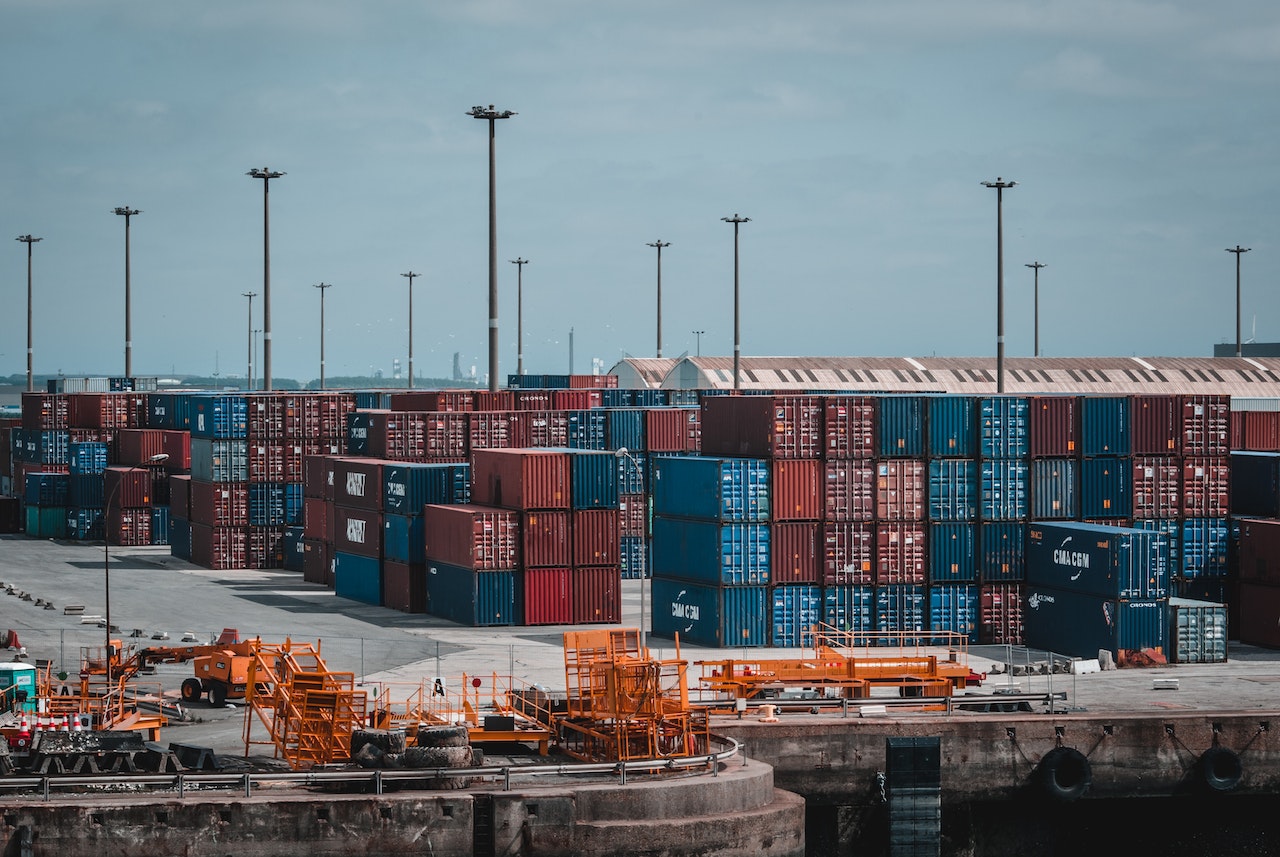Are the ports still congested? What’s happening with ocean rates? Should I be worried about shipping over the ocean?
Hopefully, this week’s article has some answers for you!
Two years of international Covid restrictions and mandates have pushed port congestion in North America to an all-time high, and this congestion continues to be a challenge. Major export ports in China and import ports in North America have been some of the hardest hit areas of congestion. As this congestion built up, ocean vessel companies changed their routing guides to avoid west coast ports in North America and instead shipped to east coast ports. As a result, ports in the east experienced freight volumes they don’t normally handle, clogging them up too.
What caused the congestion at ports?
There is a wide array of factors that have affected the ports, but we will focus on two Covid-driven causes. First, port and shipping shutdowns, and second, a shift in product purchasing habits. In the early days of COVID, many freighters carrying goods were in limbo as ports shut down and this created a backup of containers. At the same time, consumers cleared out shelves on many products, which major retailers worked hard to restock. Coupled with shutdown backlog, retailers placed massive orders well in advance of normal seasons. The regular cycle of products trading internationally was lost and patterns were broken.
The consistency and habits our port systems were built upon were now outdated, and this had a ripple effect. Ports across North America have containers with over-ordered or out-of-season products that have sat in port for 90 days or more. To deal with this, freight was loaded on chassis or in drayman yards and which has in turn also caused a considerable capacity challenge for drayage and intermodal. Now, with this back stock of freight sitting in port waiting to make it to consumers, the demand out of China has dropped significantly.
The lack of new freight shipping from China has now lowered rates. For example, January rates from Shanghai to Tacoma were $14,000 USD. This month (October), rates on the same lane are $2000.00 USD. The ocean vessel providers have answered these sinking rates with considerable changes to their networks which have already taken place. One of the largest ocean vessel providers, - MSC - announced in September that they will be taking actions to rebalance their capacity, including a decision to suspend services on several of the lines coming to North America. In addition to MSC, Maersk, Alpha Liner, and CMA are also rerouting vessels. This is due to a lack of volume as well as the ocean vessel operators attempting to raise rates upward again.
To make matters worse, the demand outlook has continued to deteriorate in the past few weeks. Ocean carriers will be making additional cuts in the coming weeks. This will affect major shippers and manufacturers out of China with even further reduced capacity.
So why is this important?
Currently, shippers are getting considerably reduced rates from China but this market is not sustainable and still being artificially manipulated. As the market adjusts in the fourth quarter, capacity may not. Shippers will likely need to look for alternative capacity when shipping from China in the coming months as the ports begin to empty out their backlog.
Some shippers may want to consider private vessel shipping or combining shipment volumes with other companies to keep things moving to North America. Of course, if you’re looking for solutions like these ones, Wellington and Commtrex are happy to help you find them.
See you next newsletter!
Bill Robinson

